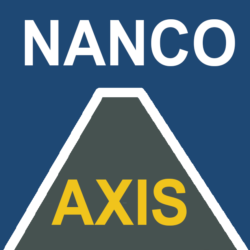ILS Fundamentals – Savalen – September 2025

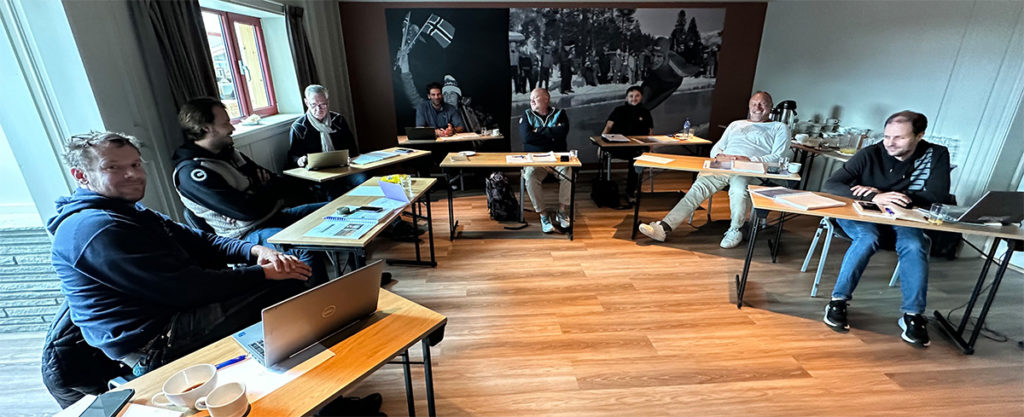
Specialised Training for AviNeering Staff
The team members employed by AviNeering are typically located across various regions of the world. Their primary responsibility involves the installation and commissioning of a diverse range of equipment designed for air navigation services.
Dedicated Training Week in September
In September, these professionals made a concerted effort to pause their usual international activities and convened for a focused training session. The course undertaken was a specialised version of ILS Fundamentals, which was enhanced by incorporating selected topics from the Advanced ILS course. This tailored training approach aimed to strengthen their knowledge and skills, ensuring that the team remains up to date with the latest advancements and best practices in instrument landing systems.
ILS Fundamentals – Helsinki – September 2025
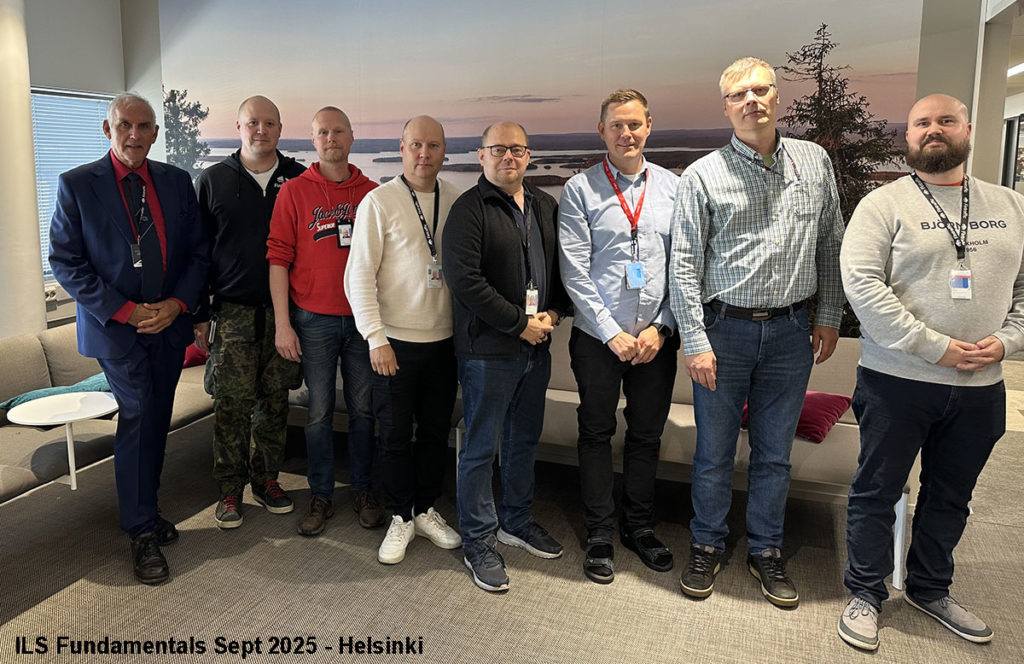
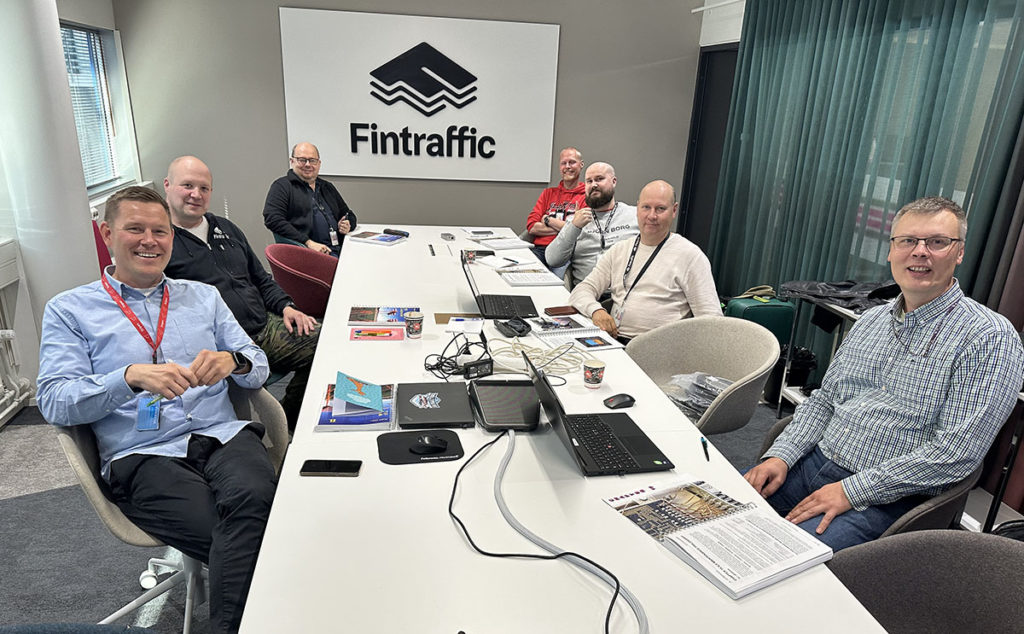
Following two NAV training courses for Fintraffic at Helsinki this year, the second of two ILS Fundamentals courses has just been completed for 7 students. This training should have given the students a good understanding of the principles and specifications, how the Instrument Landing System modulate and propagate the signals in the air, and how they are received and processed in the aircraft approaching for landing.
ATSEP BASIC – Røros – June 2025
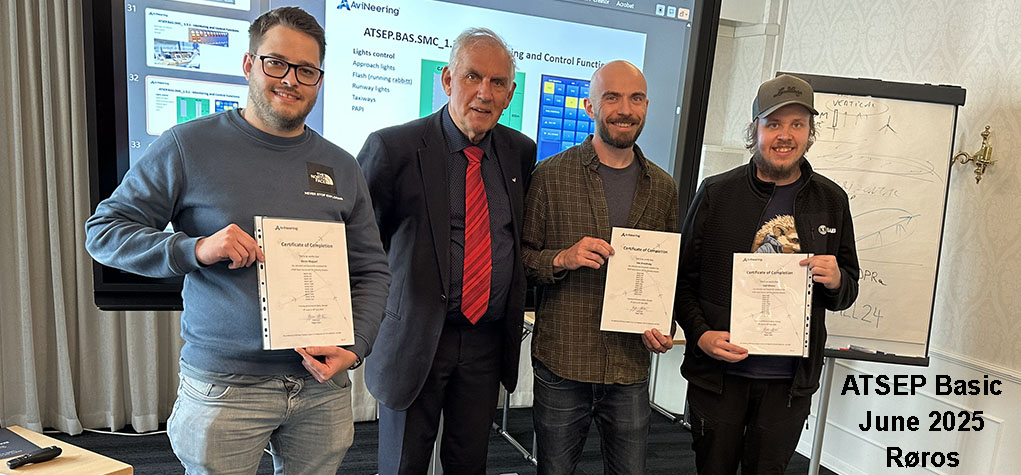
A two weeks course was held for AviNeering at the Norwegian town Røros for 3 candidates. The course consists of 11 sub units, and was supported by daily on-line exercises for deeper and repetetive training on these topics:
Induction (introduction to the entire course), AIS, Meteorology, Communication, Navigation, Surveillance, Data Processing, System monitoring, Maintenance and Facilities. Many of these topics overlap and help understanding how they relate to each other.
Advanced ILS Course – Helsinki – April 2025
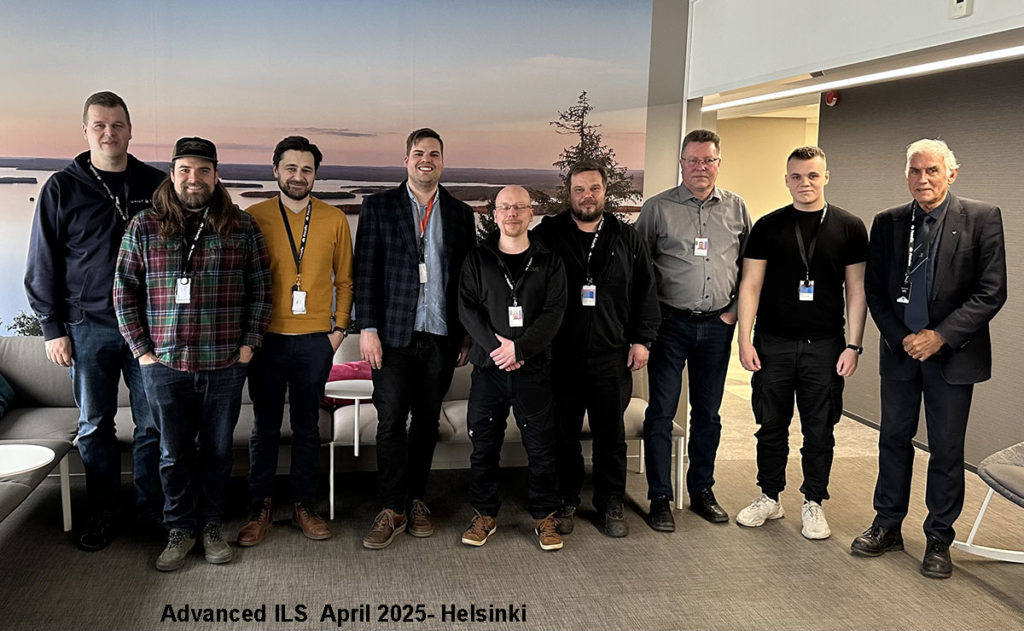
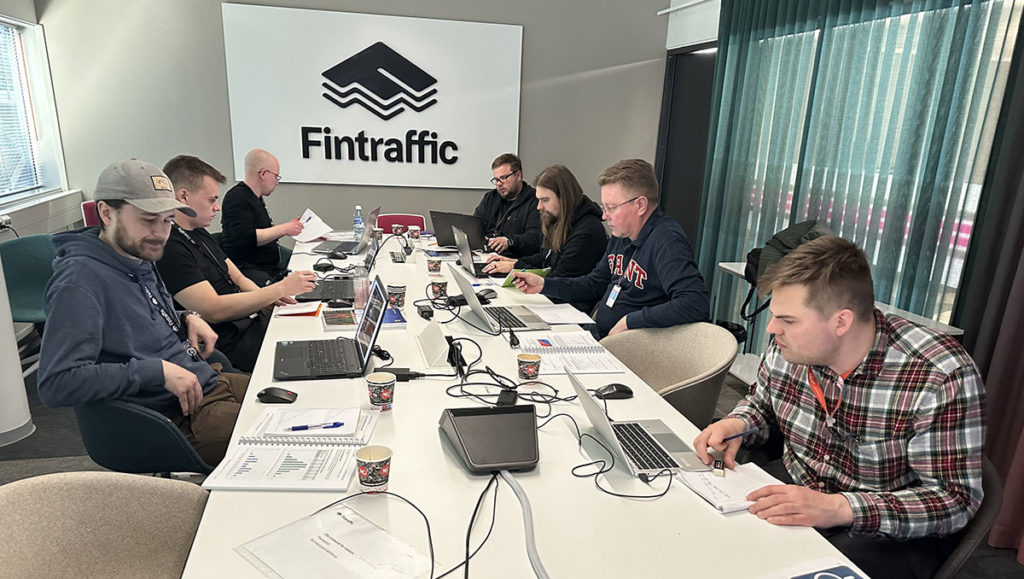
This one-week course was held for Fintraffic at Helsinki Vantaa airport for 8 candidates. This course is a five-days training course for those who need a deep understanding of the ILS behaviour in adverse terrain and challenging siting conditions. Several known practical cases we have experienced over many years are modelled and explained by using two computer programs, AXIS 110J for Localiser and 330J for Glide Path. The course is flexible, and we were handling cases suggested by the customer for deeper analysis.
ILS Fundamentals – Helsinki – March 2025

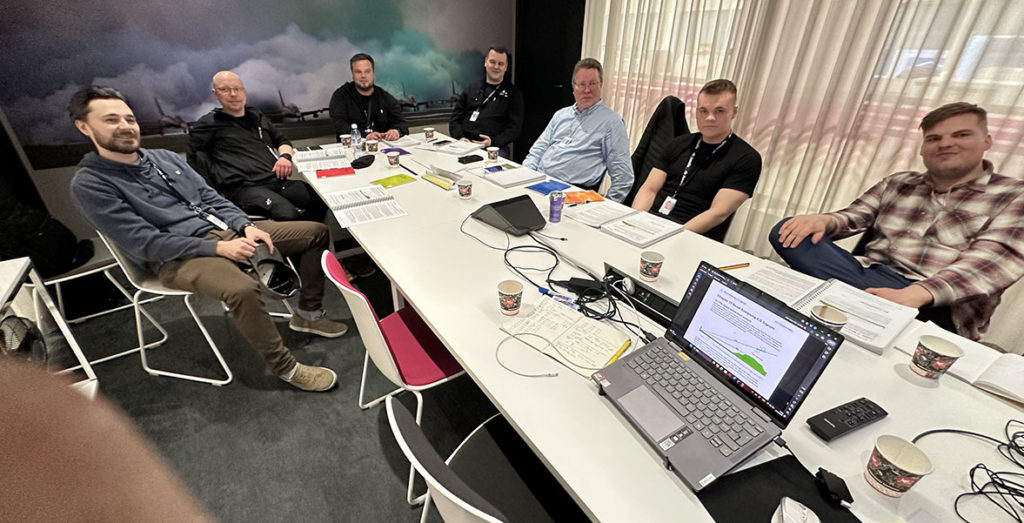
This 5-days course was held for Fintraffic at Helsinki Vantaa airport for 7 candidates. This training course should have given the student a good understanding of the principles and specifications, how the Instrument Landing System modulate and propagate the signals in the air, and how they are received and processed in the landing aircraft.
This course is an extension to ATSEP Qualification NAV-ILS training and is aimed at the maintenance personnel working with ILS as well as planners of navigation aids and for flight inspection crew. It is a good basis for further equipment courses and a prerequisite for training coursees in advanced computer simulations. At the end of this course each student would be able to
- understand the ILS principles for localiser and glide path systems
- understand the relevant ICAO specifications and where to find them
- undertake basic fault finding and call for expert assistance in a qualified way
- understand the functions and limitations of the airborne equipment
- understand flight inspection reports and the meaning of the reported values
- participate in ILS maintenance and respond to abnormal behaviour of the system
- advise airport personnel about critical areas to avoid violating local rules
- enter the next level of advanced ILS training where ILS Fundamentals is a prerequisite

